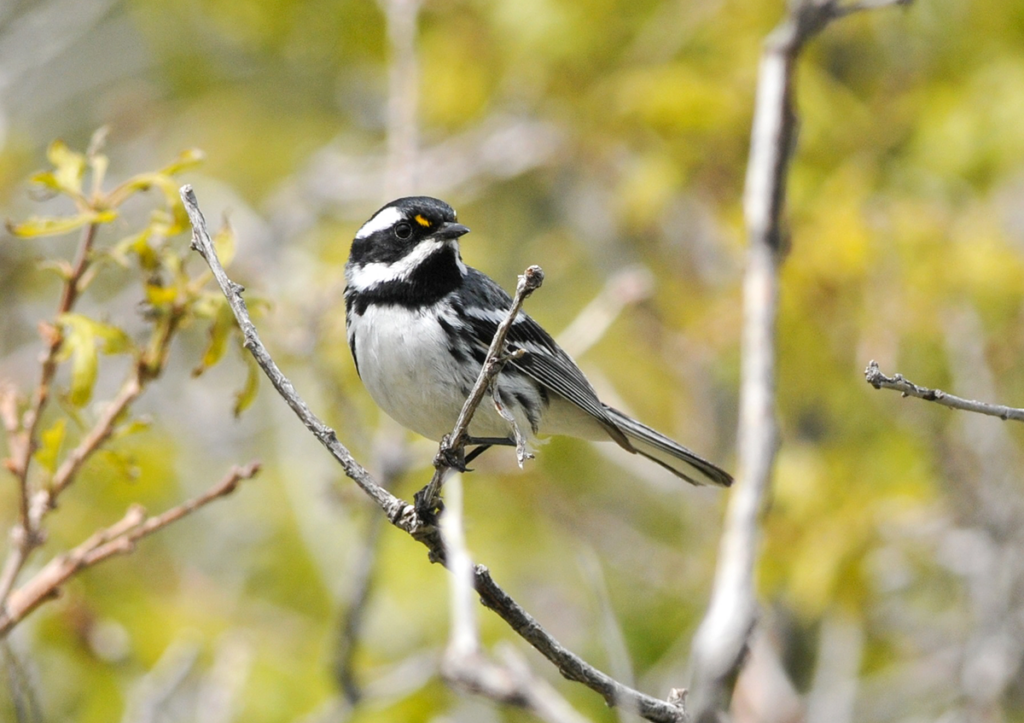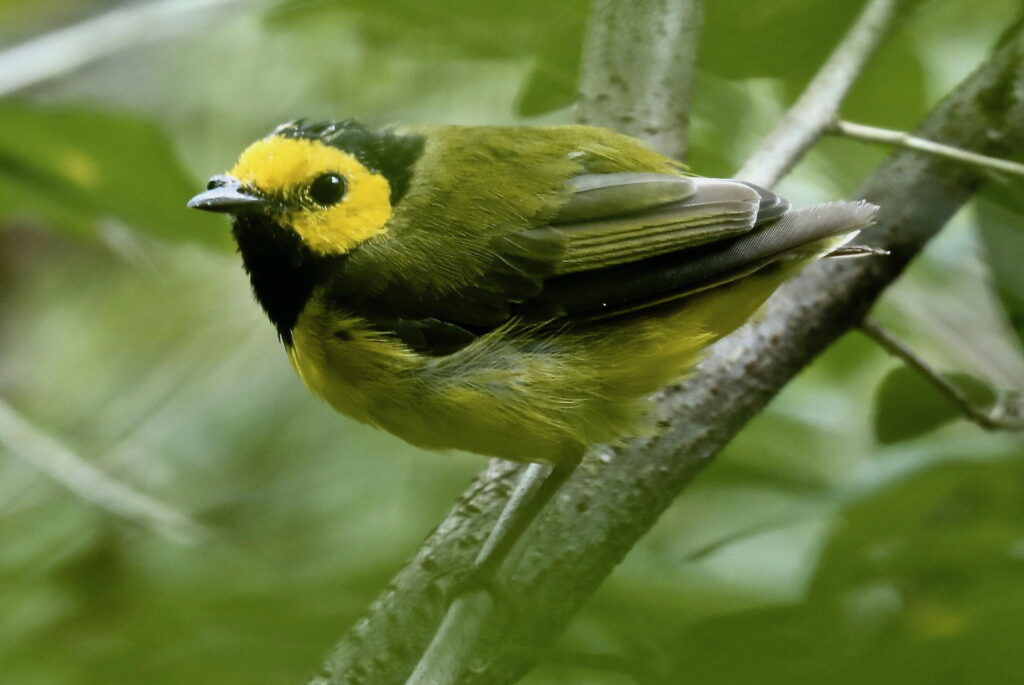World Migratory Bird Day and Global Big Day are this Saturday, 8 May! We hope you’ll join us in this global celebration to raise awareness about the importance of conserving migratory birds and their habitats. We’ve pulled together a few Wing Beat posts from this past year that highlight research findings from migration-related papers that were published in the AOS journals, Ornithology and Ornithological Applications (formerly The Auk and The Condor, respectively). Happy birding and happy World Migratory Bird Day from all of us at AOS!

Migratory Gems of the American West
The Central Valley and the Colorado River Delta are important habitats, not only for migrating water birds, but also for migrating landbirds, according to researchers in a landmark paper that relied on millions of records submitted by community scientists using tools provided by Cornell Lab of Ornithology’s eBird Status and Trends team, and which was published in Ornithological Applications. “We found that, across all 112 [landbird] species, around 17 million birds used the Colorado River Delta during spring migration and that at least 65 million use the Central Valley during fall migration. We also found that if we consider all the weeks during migration, across all the species, their abundance was concentrated in the study regions when compared to areas of similar latitude, ranging from the Pacific Ocean to the Continental Divide, supporting the notion that the Colorado River Delta and Central Valley are migratory bottlenecks,” William DeLuca wrote in his blog post about the paper.

High-intensity Flight Feather Molt: A Cryptic but Critical Phase of the Annual Cycle of Migratory Warblers
Warblers of eastern North America are especially vulnerable to predators and flight challenges during the peak phase of molt due to dramatic replacement of feathers over a 2–3-week period, Ronald Mumme and his colleagues shared in a paper that was published in Ornithology. “The lives of migratory songbirds inhabiting the north temperate zone are built around three dramatic and energetically demanding phases of their annual cycle: spring migration, a short nesting season on the summer breeding grounds, and fall migration to the winter range,” Mumme wrote in his blog post about the paper. The authors identified a fourth phase of rapid molting that falls between breeding and fall migration for these songbirds, Mumme noted, adding that “rapid high-intensity molt of the flight feathers — the long feathers of the wing and tail that provide flying birds with lift, thrust, and maneuverability — can have detrimental consequences for flight performance, which in turn can affect the ability of molting birds to avoid predators, obtain food, and provide parental care to their late-season nestlings and fledglings.“

How, Why, and Which Birds Migrate in the Neotropics?
Emerging technologies and techniques are helping to reveal the often subtle migration patterns of Neotropical birds, co-authors Alex Jahn, Doug Levey, and Victor Cueto shared in a blog post about their paper that was published in The Auk. “One of the most notable discoveries was that some Nearctic-Neotropical migrants don’t just go to the tropics to hang out in a few hectares, essentially taking it easy. Instead, they can be extraordinarily restless, moving hundreds of miles across their winter range,” they wrote, adding, “Even more surprising, ornithologists are realizing that migration is both common and complex, even in species that spend their entire lives in the tropics.”

Large-Scale Coordinated Effort Sheds Light on Difficult-to-Study Arctic Shorebirds
The Arctic Shorebird Demographics Network (ASDN) brought together a team of more than 20 partners representing multiple projects aimed at studying and identifying the causes of population declines in Arctic-breeding, migratory shorebirds; these birds’ seasonal movements across countries and continents have made research challenging. “We found that annual adult survival rates were strongly linked to population trends,” co-authors Emily Weiser, David Payer, Brett Sandercock, and Richard Lanctot wrote in a blog post about their paper that was published in Ornithological Applications. They explained that by standardizing the methodology across the various projects and compiling field data, they eventually were able to build a population model on six focal species “using the demographic rates [they]’d calculated and other information available in the literature.” This population model helped to identify the demographic rates that strongly influence bird population size, which will help wildlife managers prioritize areas for future conservation efforts.
COMMENTS